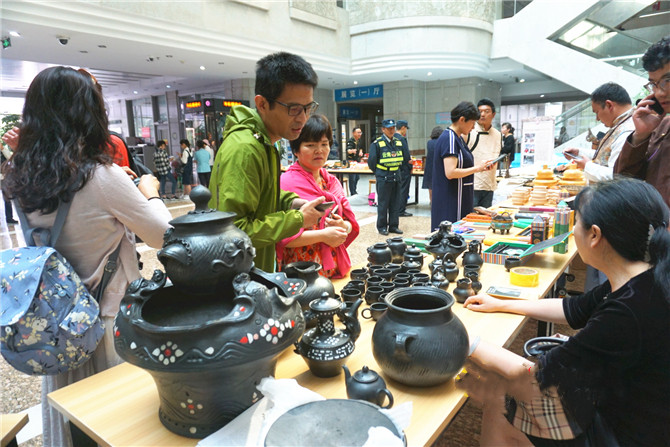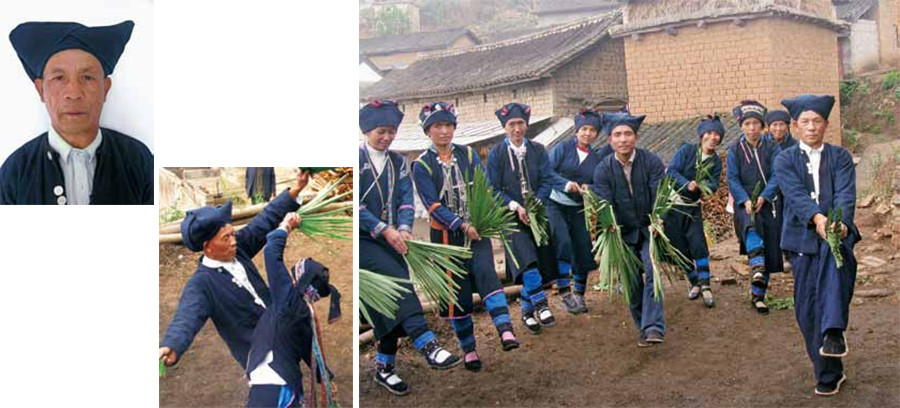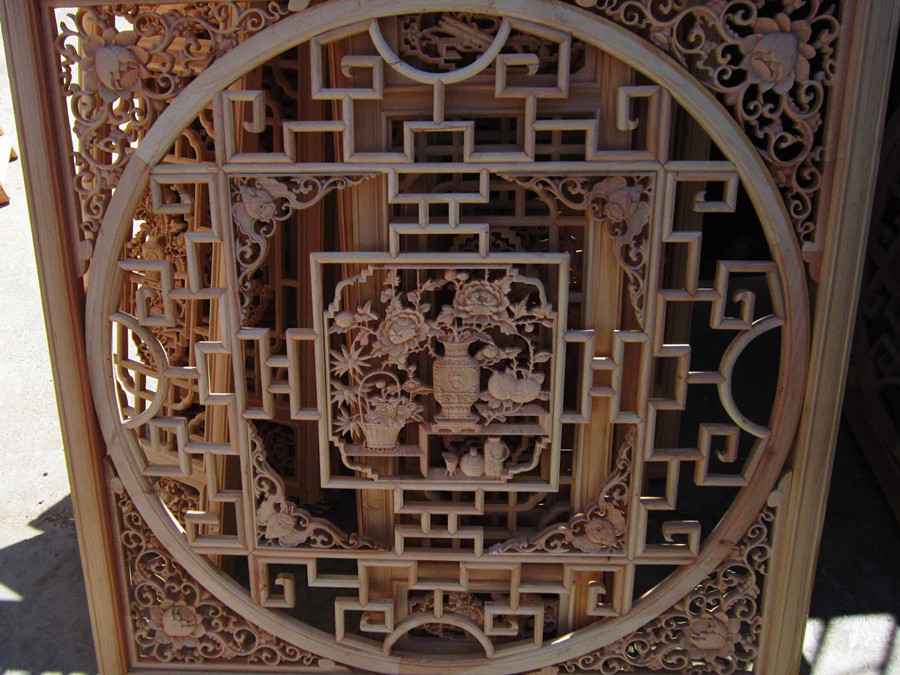 alt="Puer Surrounding Counties and Towns: Weekly & Special Local Markets Travel Guide"
/>
alt="Puer Surrounding Counties and Towns: Weekly & Special Local Markets Travel Guide"
/>
Yunnan Intangible Cultural Heritages
Intangible cultural heritage (ICH) refers to practices, expressions, knowledge, skills, and the instruments, objects, and cultural spaces associated with these traditions. UNESCO defines ICH as elements that form an integral part of a place’s cultural identity. Unlike tangible World Heritage sites, which focus on physical monuments, ICH highlights the intangible aspects of culture. In 2001, UNESCO surveyed states and NGOs to agree on a definition, and the Convention for the Safeguarding of Intangible Cultural Heritage was drafted in 2003 to ensure its protection and promotion.
Efforts in Yunnan to Preserve ICH
Yunnan Province, located in southwestern China, is taking significant steps to protect and preserve its intangible cultural heritage, especially those traditions on the verge of extinction. The province has been actively working on the digitalization of its ICH to ensure that these traditions are preserved for future generations.
Digitalization of ICH
Since 2014, Yunnan has been digitizing its intangible cultural practices. The first group of 13 intangible cultural heritages has already been assigned digital identities. This includes:
-
Meige: A traditional Yi ethnic tune.
-
Achimugua (Goat Dance): A Lisu ethnic folk dance and song tradition.
The digitalization process involves recording these cultural practices through a combination of words, pictures, audio, and video. This initiative aims to protect these traditions by making them accessible through modern digital means.
The Role of Cultural Successors
Cultural successors, or those who carry on the traditions, are regarded as “living dictionaries” of intangible cultural heritage. Yunnan is home to more than 1,000 successors, who are vital to preserving and passing down these cultural practices. Their knowledge and skills are integral to keeping the intangible heritage alive and ensuring that these traditions are not lost over time.

 7 Days GolfingTour
7 Days GolfingTour
 8 Days Group Tour
8 Days Group Tour
 8 Days Yunnan Tour
8 Days Yunnan Tour
 7 Days Shangri La Hiking
7 Days Shangri La Hiking
 11 Days Yunnan Tour
11 Days Yunnan Tour
 6 Days Yuanyang Terraces
6 Days Yuanyang Terraces
 11 Days Yunnan Tour
11 Days Yunnan Tour
 8 Days South Yunnan
8 Days South Yunnan
 7 Days Tea Tour
7 Days Tea Tour
 8 Days Muslim Tour
8 Days Muslim Tour
 12 Days Self-Driving
12 Days Self-Driving
 4 Days Haba Climbing
4 Days Haba Climbing
 Tiger Leaping Gorge
Tiger Leaping Gorge
 Stone Forest
Stone Forest
 Yunnan-Tibet
Yunnan-Tibet
 Hani Rice Terraces
Hani Rice Terraces
 Kunming
Kunming
 Lijiang
Lijiang
 Shangri-la
Shangri-la
 Dali
Dali
 XishuangBanna
XishuangBanna
 Honghe
Honghe
 Kunming
Kunming
 Lijiang
Lijiang
 Shangri-la
Shangri-la
 Yuanyang Rice Terraces
Yuanyang Rice Terraces
 Nujiang
Nujiang
 XishuangBanna
XishuangBanna
 Spring City Golf
Spring City Golf
 Snow Mountain Golf
Snow Mountain Golf
 Stone Mountain Golf
Stone Mountain Golf










 What Our Customers Say?
What Our Customers Say?
